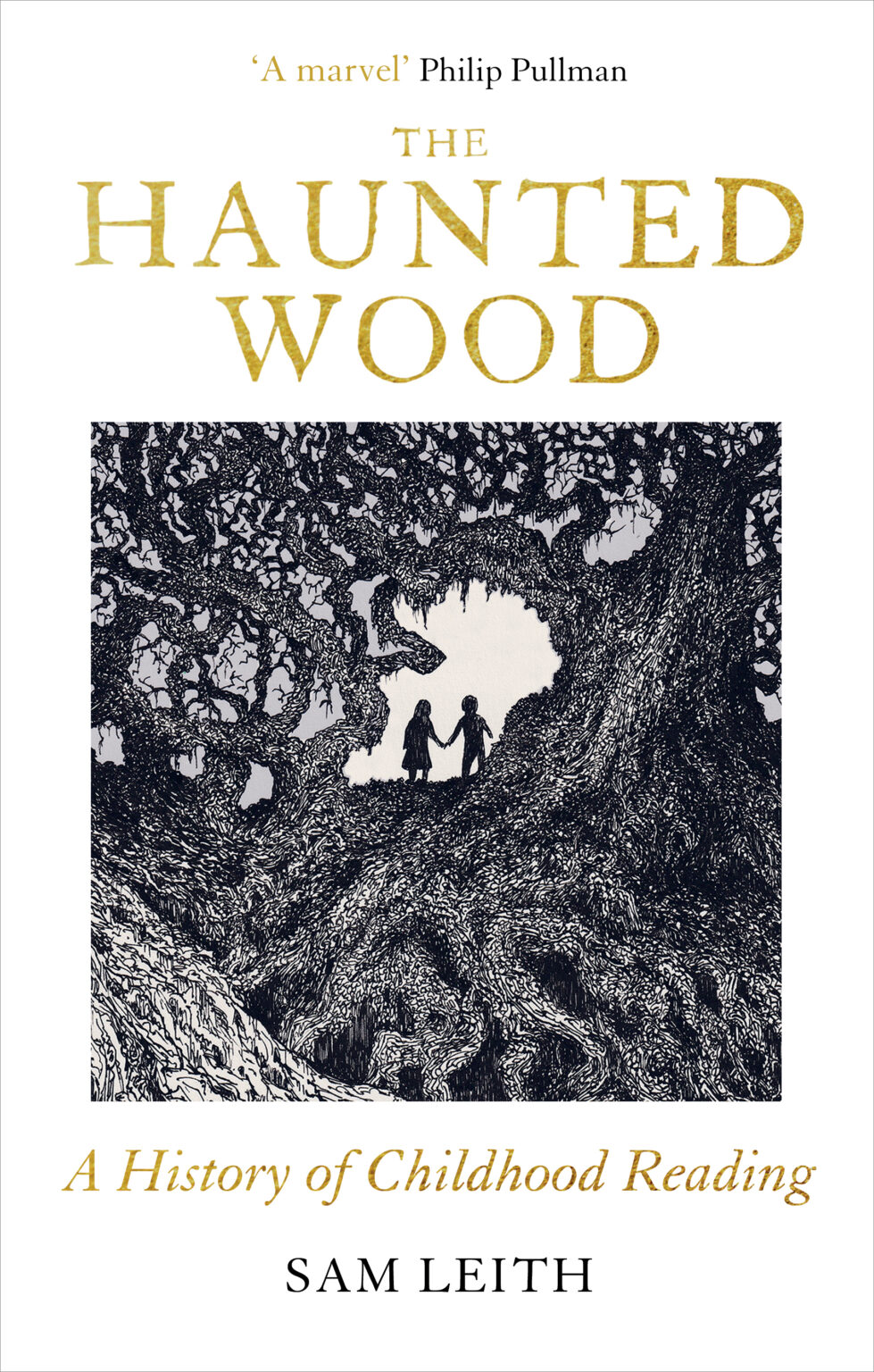Do you remember the first time you fell in love with a book?
Maybe you tumbled down a rabbit hole, flew out of your bedroom window, or found the key to a secret garden. And in the silence of that moment, your whole life changed forever.
The stories we read as children are indelible in our memories; reaching far beyond our childhoods, they are a window into our deepest hopes, joys and anxieties. They reveal our past – collective and individual, remembered and imagined – and invite us to dream up different futures.
In a pioneering history of the children’s literary canon, The Haunted Wood reveals the magic of childhood reading, from the ancient tales of Aesop, through the Victorian and Edwardian golden age to new classics. Excavating the complex lives of our most beloved writers, Sam Leith offers a humane portrait of a genre and celebrates the power of books to inspire and console entire generations.
Introduction
Those of us who love children's books know that for a long time, there was no such thing. There were simply 'books' and everyone read the same. Even Grimm's, now considered part of any Western childhood, were written for and by adults, not children. Sam Leith has condensed the whole history of (British) children's books into this extremely readable volume, using specific authors to showcase general trends at the time.
I have loved children's books since I was a child myself, and I found this really fascinating - I had a general sense of the trends over time, but Sam was able to anchor them in the history of the times in a way that helped me understand them better than before.
Author Background
Sam Leith is an author working in various spheres; he writes or edits several newspapers and magazines, including the oldest continuously published magazine in the world (The Spectator). (link to the Spectator.) He has also written several non fictions books, including books about rhetoric and about how to write.
Historical Overview
The book is, generally, chronological, starting with a very broad 'pre-history' that spans from Aesop to William Wordsworth. It then moves through the Puritans, the Golden Age, Victorians, Edwardians, the inter-war period and up to the present day. As the book moves forward in time, it covers more books in greater detail, simply because children's publishing was becoming more established as its' own facet of publishing. Along the way he talks about the authors we're all familiar with - Kipling, Beatrix Potter, E Nesbit and many others.
Themes and Key Topics
One would expect this to be about books, themes, genres, and it certainly is about those things. But the interesting thing is that Sam explores the lives of the authors he's chosen, recasting their books in the light of their personal histories and examining how that affected what they wrote. The battle scarred A A Milne producing some of the gentlest characters known to children's books; E Nesbit writing better childhoods than her own; Malorie Blackman writing the books she wanted to see as a child, all of these and more are explored throughout the book.
Research and Sources
I'm reading this in a proof form, so not all the citations are listed correctly, but there are a lot of them. Sam has collected a huge number of references; there are letters from or about the authors, comments by contemporaries, official and unofficial biographers. Almost every page has a reference of one kind or another. They all seemed legitimate, obviously I can't be sure but they seemed fine.
Style and Accessibility
The occasional long word and academic construction sneaks in - for instance, "Nor is it to say that the success of a story can be indexed by how closely its protagonist happens to resemble its reader." - but on the whole this is a really accessible read. Sam has kept direct quotes in the style they were first written in - so Violet Bott 'will thcream 'n' thcream till I'm thick' which may look odd to modern eyes, and Kipling's 'We be of one blood, thou and I' greets us in his chapter. All of Sam's narration is chatty and easy to follow, and given that he's covering things as diverse as acts of parliament and book signing queues, that's a great achievement.
Critical Analysis
Strengths:
- It's wide ranging and, despite focusing on Britain, does include some American titles
- It's easy to read
- There's some fascinating information here
Weaknesses:
- The only weakness is the same as any book of this kind - it can't fit everything in!
11. Conclusion
I really enjoyed this. There's some fascinating information about the backgrounds of some of my favourite authors, and - strange as it is to think - I'd never really wondered about how the authors' lives and the world they lived in shaped their books. Sam draws in cultural information as well as each author's individual histories to create a coherent picture. Anyone who's interested in children's books, either professionally or personally, will enjoy reading this. It would make a great gift, perhaps paired with a mentioned title the recipient hasn't read!
The Haunted Wood publishes on the 5th of September, 2024. I received a free copy and am giving an honest review.

No comments:
Post a Comment